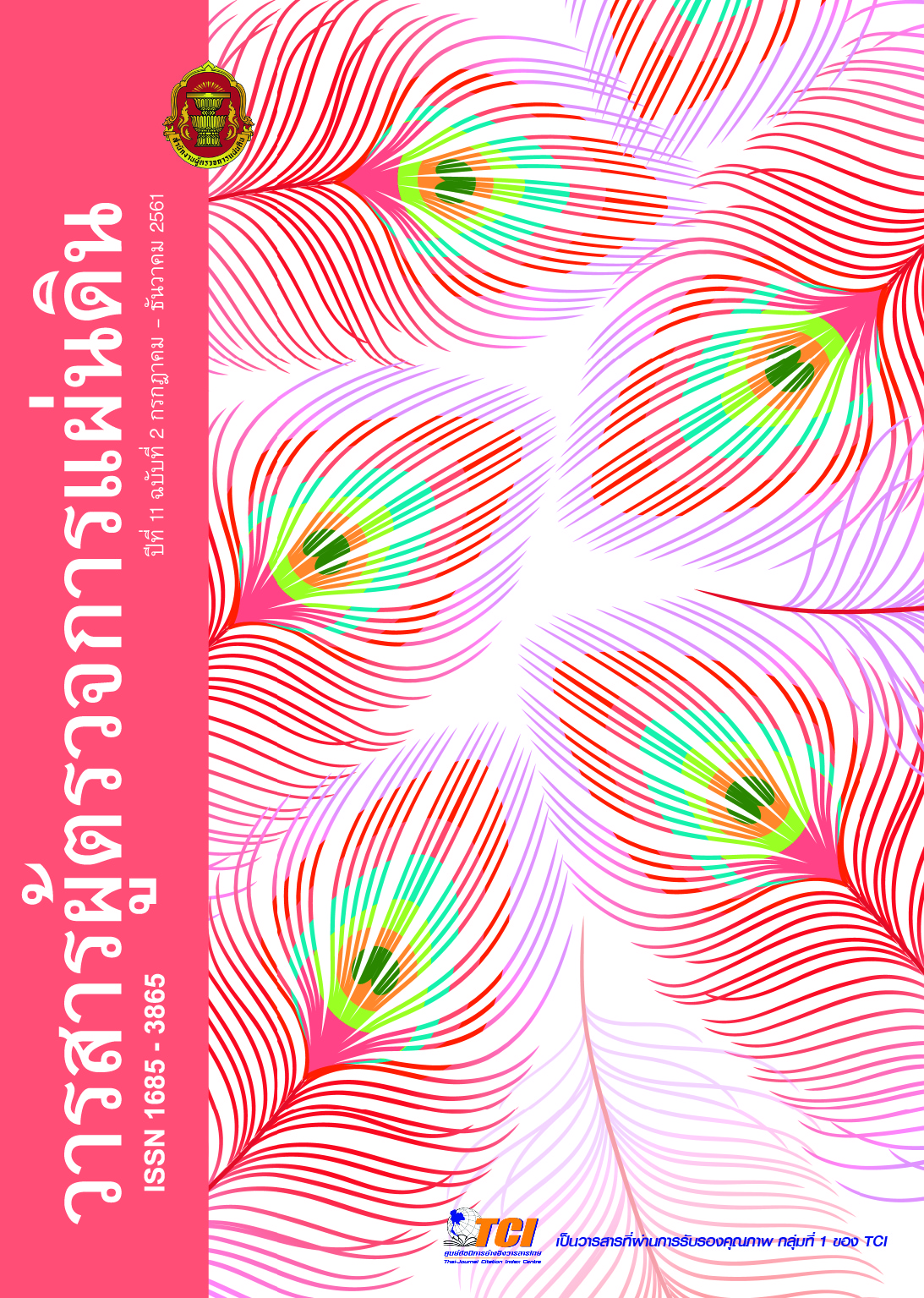DISASTER MANAGEMENT COMPARATIVE CASE STUDY: PAK KRET MUNICIPALITY, NONTHABURI PROVINCE, HAT YAI MUNICIPALITY, SONGKHLA PROVINCE AND DON CHIMPHLI SUB-DISTRICT, CHACHOENGSAO PROVINCE
Keywords:
Disaster, Flood Management by Community, Flood Management Prototype CommunityAbstract
Mixed methods research was used to study community flood management in Pak Kret Municipality, Nonthaburi Province; Hat Yai Municipality, Songkhla Province; and Don Chimphli Sub-District, Chachoengsao Province, Thailand at policy and management levels. Factors affecting implemented inundation disaster management were also considered. A convergent parallel design was used to investigate these issues. Qualitative research included in-depth interviews with 38 samples, all involved in local flood management. Quantitative research was also conducted with 1,200 samples, residents of the three areas. Results were that similar management models and operational level representative collaborative participation existed, depending on individual conditions. Disaster management in Pak Kret was mainly driven by a leader who brought resources to the area, while in Hat Yai, work integration under network governance addressed problems. In Don Chimphli, social network-based internal community capital building was seen. Communities were dynamic, constantly changing. Collaborative trends among representatives during disasters did not lead to managerial achievement in flood disaster management, but should encourage collaboration among operation level representatives. Revising Thailand’s Disaster Prevention and Mitigation Act, B.E. 2550 (2007) might facilitate national disaster management. Encouraging multi-level participation and reforming community disaster management systems should reduce risks to residents through education and management integration. Community capacities would also be highlighted. These findings should provide guidelines to increase effectiveness and efficiency of sustainable inundation disaster management models for prototypical Thai communities.
Downloads
Published
How to Cite
Issue
Section
License
- Content published in the journal is personal opinions of authors which the office of Ombudsman and the editorial team are not bound to be accordance with.
- Articles, content, images, etc. published in the Journal of Ombudsman are copyright of the Journal. If any person or entity wants to bring all or part of it to publish or to do any action. Must obtain written permission from the journal's first.


